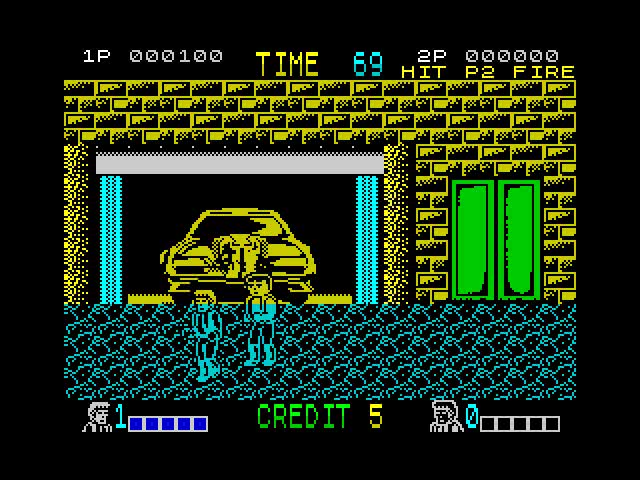The ZX Spectrum was a classic from the eighties, with its long loading times and 15 colors. It wasn't the fastest nor the best but it definetly had really good games and it's relatively cheap price made it common when I was young (before videoconsoles took its place).

While I don't have much time to learn how to code for it (and if I had, I'd focus on learning more original GameBoy development), I love when people write tutorials and/or posts about how certain stuff from old machines worked, and I just found some jewels which are also quite up to date (as a matter of fact, the author is still writing posts in the series). Just take a look at them and learn how things worked in the Speccy, and how more actual techniques can be applied to squeeze some extra speed or improve the development process:
- Vol 1: Ressurrection
- Vol 2: Speccy 101
- Vol 3: Sprites
- Vol 4: Compressed Loading Images
- Vol 5: Making Releases
- Vol 6: Some Little Details
- Vol 7: SolarGun
Also, I went on to read a bit about the sprite "color glitches" and found that after the link's main article, in the comments section there are a few examples of how to minimize the problem, make sure not to skip them as the article only mentions the issue but doesn't provides solutions.
The full toolset to develop for the spectrum can be found at https://github.com/jarikomppa/speccy, including some custom-made tools, an image conversor for the Spectrum, and even a sample game, Solargun.
An interesting game programming library recently made is libzx; It provides drawing and buffering techniques, fonts management, keyboard handling, audio and music... Definetly worth a look.
Another toolset I've found is the spanish La Churrera, which includes not only a C framework but also tools to manage graphics, sound, and even a map editor.
Update #1: Added img2spec repo link.
Update #2: Added libzx library link.
Update #3: Added La Churrera framework link.